Is This Quest’s Mate?
Big Frank, one of the CPF’s falcon watchers, worked with Mark and Marion Nash to see if they could identify this bird. An enlargement of the picture yielded an all black band with 33/Y ID. It turns out this guy isn’t far from home. He’s Kendal, a tiercel hatched in 2009 at Toronto’s King Street nest.
We haven’t heard of any repeat sightings of young Kendal, so there’s no way of knowing whether he’s still in the area or if indeed this is the male who’s been hanging out with Quest. But if it is, it’d be another wonderful Rochester-Toronto connection in the Peregrine world. In any case, he’s one good looking bird!
A huge note of thanks to Big Frank for letting us know about Kendal, and to Denis for his great pictures, a couple more of which we’ve included below.
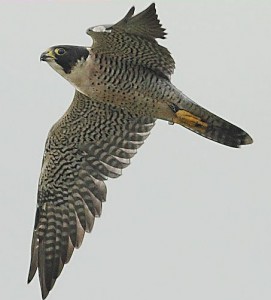
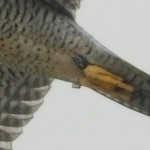
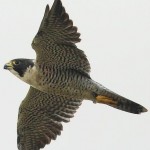
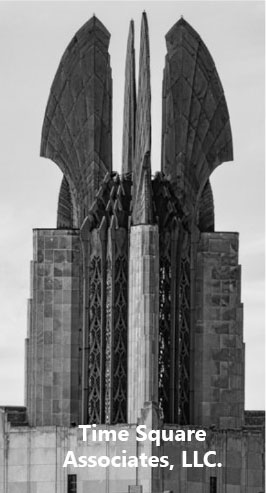
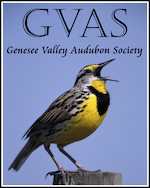
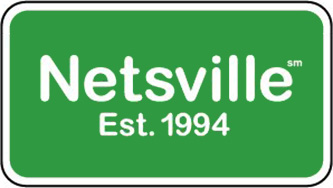
December 13th, 2010 at 5:27 PM
Handsome guy, look at those big black sideburns!
December 14th, 2010 at 6:44 PM
He is quite a good looking Pefa. I hope he is Quest’s mate, and that they go forth and produce many progeny.
December 14th, 2010 at 7:39 PM
Yes, a very good looking Pefa indeed! Perhaps we’ll learn more in the spring. Has there been any more news on the possibility of a nestbox at the Pickering site?
December 17th, 2010 at 11:30 AM
Wow! He’s in his adult plumage in under two years! I didn’t know that it came that early! He looks awesome!
December 19th, 2010 at 8:29 PM
My guess is that he got his adult plumage in a moult at the end of the summer of 2010. It is a time when we cyber-birders don’t get to see many juveniles in transition to adults. They rarely do this kind of thing where a camera is mounted, they just fly off as juvies and the next time we hear of them, they are all grown up. Even Quest, despite her transmitter, did not pose for any pictures as she was changing “clothes”.
December 27th, 2010 at 2:57 PM
This is an interesting conversation. When we went to Toronto to visit Rhea Mae during the first year at her nest site at the Sheraton, she was in mid-transition from juvie to adult plumage. She was mostly adult steel gray and white, with wisps of brown juvenile feathers mixed in. Very cool!